• No dam in region functions above 50% capacity
• Asejire dam dredged 30 years ago Ondo, Osun dams in need of massive rehabilitation
A total of 39 dams spread across the six South-West states are potential economic benefits to both the agricultural and industrial aspirations of the region, but for the decrepit look they currently wear.
The Guardian’s tour of the facilities showed that they have been poorly maintained, grossly underutilised or abandoned, and a menace to the host communities.
Indeed, the dams account for about 12.7 per cent of the estimated 323 in Nigeria, and experts believe that if they are put to maximum use, they can boost agriculture and food production, improve states’ internally generated revenue (IGR), and increase employment.
Given the federal government’s proposed $500 million World Bank loan to ensure the safety of dams across the country, it has become imperative for political leaders in the region to begin re-assessing dams with the political will to bring them to optimum performance.
Apart from the average purpose of water supply and fisheries, which most of the dams in the South-West currently serve, those originally constructed to generate hydroelectricity for surrounding communities have hardly served the objective in the last three to four decades since they were built.
About 75 per cent of the dams in the country were constructed for domestic and industrial water supply, 33 per cent were built for irrigation and water storage, 29 per cent were meant for fisheries, 16 per cent were aimed at recreation, and four per cent were for hydroelectricity.
But no dam in the South-West region currently functions beyond 50 per cent capacity, and others were discovered to have been abandoned. For instance, some major and multi-purpose dams, like the Oyan Dam (Ogun), Owena Dam (Ondo), Ikere Gorge Dam (Oyo), Asejire Dam (Oyo), and others, constructed with the intent to produce electricity, have hardly performed to such capacity since they were built.
It was learnt that, apart from the fact that over 85 per cent of the major dams in the country are located in the northern region because of the poor rainfall in the area, more government attention, over the years, seems to have been given to dams in the region at the expense of the ones in the South.
Perhaps one reason adduced for this is that the northern region is said to have less rainfall compared with the south; therefore, the zone might need the dams for more irrigation purposes.
Another finding is that many of the political leaders in the Southwest have been paying lip service to dam capacity and maintenance over the years, which perhaps has resulted in poor agricultural products, a lack of water supply, and, in most cases, flood disasters.
It is the same story of dam failure or inadequate performance from Oyo State, which has the largest concentration of dams to Osun, Ondo, Ekiti, Ogun, and Lagos. The dams are simply not functioning up to their full capacity and may, therefore, need urgent attention and maintenance by necessary authorities.
Among the challenges affecting dams in the region is the poor or lack of electricity supply. Findings reveal that none of the dams can be easily operated by power-generating sets.
Sediments are also another challenge hampering the capacity and performance of most dams in the Southwest. Some engineers and staff managing the dams disclosed to The Guardian that sediments have rendered the water in several dams unfit for use, especially for fishing purposes, and in some cases, led to massive flooding whenever the dams overflow their banks.
Another challenge facing the dams is obsolete equipment or a lack of appropriate maintenance of facilities. Ironically, some of the dams were never even completed after construction began.
For instance, the Asejire Dam, which cuts across the Oyo and Osun boundary at Asejire, is said to have been redundant for more than five years due to a lack of power supply. Some years back, the Ibadan Electricity Distribution Company (IBEDC) cut off its supply, citing unpaid bills.
Asejire, whose capacity is lower than that of Ikere Gorge and other major dams, needs at least 4.4 megawatts of power. An expert said: “No state government can afford the current diesel price to run such a dam.”
In a telephone interview, Elias Adeojo, the Executive Chairman of Water Corporation, Oyo State, said IBEDC cut the power supply to Asejire Dam from about 2008 to 2009.
“I managed to engage the managing director of the electricity company no longer than a year when I was appointed by making some financial commitment before electricity was restored. But having done that, the dam itself needs massive rehabilitation, especially to dredge it and evacuate the sediments. The dam may not have been dredged in the last 30 years,” he said.
Adeojo said there is no point supplying the dam with electricity if it is not dredged. There is an ongoing negotiation between IBEDC and the Oyo State Water Corporation for the supply of uninterrupted power twice or thrice a week for a minimum of 15 hours to effectively run the dam. “If this is done, Asejire can easily fill up our reservoir in Agodi and other places within Ibadan. That’s where we are now. Very soon, water will start flowing in Ibadan,” said Adeojo.
However, he disclosed that the ongoing efforts are not a permanent solution but just to ensure that the dam runs. Eleyele Dam in Ibadan also faces a similar electricity challenge to Asejire. However, the dam is still supplying water to nearby communities and some corporate organisations. Most of the underground pipes that carry water to households are currently in bad shape, and it would take a lot of money to rehabilitate them.
Despite the constraints, Adeojo said: “One thing we ensure at Eleyele Dam is that water gets into the reservoir, which is about 14 million litres. Power is also one of the predominant issues affecting the dam. It is about the only functioning dam in Ibadan, but we also need something to be done to make it perform at 100 per cent.”
Saki Dam in Oyo North is also said to be hampered by insufficient power supply, and the dam’s equipment also needs to be appropriately maintained. Oyo and Ogbomoso dams also face a similar power issue. The Guardian was told that the Soun of Ogbomoso, Oba Ghandi Afọlabi Olaoye, Orumogege III, is working with Governor Seyi Makinde to see how the Ogbomoso dam could be upgraded and used. Concerted efforts are ongoing among the corporation, the palace, and the Oyo State government to ensure that power is supplied to run the dam.
One of the major dams in the region, the Ikere Gorge Dam, is currently in a sorry state. It was constructed under the military regime of former President Olusegun Obasanjo and has been handed over to Osun State. It was built to generate electricity but has hardly done so. Recently, the management of the Ogun Osun River Basin Authority, led by the Managing Director, Adedeji Ashiru, visited the dam with a promise to revamp it.
The three major dams in Ondo State are not functioning properly despite the huge funds that have been pumped into them to provide potable water. The Owena Multipurpose Dam in Ifedore Local Council began with a 36 million cube reservoir capacity. Built in 1966, the dam, regarded as one of the largest in the Southwest, was designed to serve as a primary source of drinking water for the residents of Ondo town, Akure, and other communities in the central senatorial district. Investigation showed that none of these communities enjoyed a regular water supply from the dam as intended.
The rehabilitation project, conceived under the administration of the late Governor Olusegun Agagu, was abandoned by his successor, former Governor Olusegun Mimiko, despite having attained a 70 per cent completion stage after billions of naira had been pumped into it.
Efforts to engage the state’s Commissioner for Water Resources and the General Manager of the Ondo Water Corporation proved abortive. None of them was willing to discuss the dams’ current state.
Also, the Awara Dam, one of the oldest in Ondo State, faces the same fate as the Owena Dam. Due to a lack of reticulation from the dam, the people of Ikare-Akoko and its environs have continued to face scarcity of water.
The state government assured residents of Akoko in Ondo North in 2020 that water would flow from the Awara Dam, but nothing had been done to fulfil the promise. The dam was built to supply 6.7 million litres of water to residents in Ikare, Akunha, Arigidi, and other parts of Akoko land.
There are two major dams in Osun State: one in Esa-Odo and the other in Ede. Some years ago, the one in Esa-Odo served the Ijesa North zone, while the one in Ede served Osogbo, Ede, Ife, and their environs.
Ilesa has no dam. The water project initiated by the administration of Ogbeni Rauf Aregbesola has been suspended by the administration of Governor Ademola Adeleke owing to alleged fraudulent activities by the contractor.
The Esa-Odo and Ede dams were said to have been constructed before the creation of Osun from the old Oyo State, and they have both become moribund. The Ede Dam, which provided water to Osogbo, ceased supplying after the administration of Prince Olagunsoye Oyinlola. In addition, the administration of Oyinlola was said to have constructed water works in each of the nine federal constituencies in the state, and none of them seems to be functional to date.
Efforts to get the authorities in charge of the dams failed as the General Manager of Osun Water Corporation simply told the reporter: “Tell the Chief Press Secretary to the Governor, who gave you my number, to call me.”
The story is not different in Ekiti State, where the four major dams are not functioning to full capacity. Itapaji Dam, built in 1975, is not in satisfactory use due to faulty equipment. Also, Ureje Dam, constructed in 1958, is functional but not at total capacity, while Ero Dam, constructed in 1989, and Egbe Dam, built in 1975 but commissioned in 1989, are partially functional.
However, the Managing Director/CEO of Ogun-Oshun River Basin Development Authority (OORBDA), Adedeji Ashiru, recently promised that the Ikere Gorge Dam at Iseyin and Oyan River Dam in Odeda Local Council of Ogun State would be fully operational and also boost hydropower supply to communities in the two states.
His promises are yet to be fulfilled, considering the current state of the dams.
NOW
• No dam in region functions above 50% capacity • Asejire dam dredged 30 years ago Ondo, Osun dams in need of massive rehabilitation A total of 39 dams spread across the six South-West states are potential economic benefits to both the agricultural and industrial aspirations of the region, but for the decrepit look…
24 mins ago
• Motorists decry slow pace of reconstruction • NSCDC partners FRSC to curb overspeeding No fewer than 18 persons have died in three separate road crashes within five days on the Lagos-Ibadan Expressway. The spokesperson for the Ogun State sector of the Federal Road Safety Corps (FRSC), Mrs Florence Okpe, confirmed yesterday that the accidents,…
31 mins ago
• Destroys 27 sites, seizes 100,000 litres of stolen crude Troops of the Nigerian Army's 6 Division, Port Harcourt, in a series of operations, have dealt a blow to illegal refining syndicates in the Niger Delta, destroying 27 newly established sites and confiscating over 100,000 litres of stolen crude. Acting Deputy Director of 6 Division…
33 mins ago
Governor Hope Uzodimma of Imo State will, today, flag off the third phase of the SkillUpImo programme in Owerri. This phase, known as Cohort 3A, marks another milestone in the state’s ongoing digital transformation initiative under the Ministry of Digital Economy and E-Government. According to the ministry, following the success of Cohorts 1 and…
35 mins ago
The Ooni of Ife, Oba Adeyeye Enitan Ogunwusi, has inaugurated a foundation for traditional rulers' intervention on truancy prevention, school enrolment and engagement. The Foundation is expected to officially unveil plans and programmes to curb the out-of-school menace in South-West, including Kogi and Kwara states, ahead of his 50th birthday anniversary. The Foundation, headed by…
50 mins ago
Women with HIV/AIDS have been encouraged to practise exclusive breastfeeding to boost the immunity of their babies.Assistant Secretary, Association of Women Living with HIV/AIDS, Helen Aphan, appealed at an event to commemorate the World Breastfeeding Week, themed ‘Closing the Gap: Breastfeeding Support for All’, yesterday in Abuja. She said women of marginalised populations such as…
55 mins ago
• ANSIEC slates council polls for sept. 28 • Five parties to contest LG elections in Kwara • Rivers electoral body denies postponement of polls The Anambra State government led by Charles Soludo has announced that local council elections will be conducted next month. Successive administrations in the state have not conducted the council elections over…
1 hour ago
Lagos council boss gives free 200 GCE forms to indigent students The Human Rights Monitoring Agenda (HURMA) has described the ongoing palliative programmes by Chairman of Somolu Local Council in Lagos State, Abdul-Hammed Salawu, as an initiative that has vindicated President Bola Tinubu on good social packages for Nigerians. In a statement signed by its…
1 hour ago
The decision to lock up shops allegedly belonging to non-indigenous traders in Isolo Market, Isolo Local Council Development Area (LCDA), Lagos, has provoked a storm between market leaders and the affected traders. The Guardian learnt that trouble started on August 8, 2024, when the non-indigenous traders were offered strange water to drink. It was gathered…
1 hour ago
The special squad of the Delta State Police Command has arrested three suspected kidnappers for the alleged abduction of a 29-year-old man in Sapele town. The Guardian learnt that the victim, who hails from the Kokori community in Ethiope East Local Council, was abducted on February 17, 2024, by a five-man armed kidnapping syndicate. Confirming…

 3 months ago
4
3 months ago
4
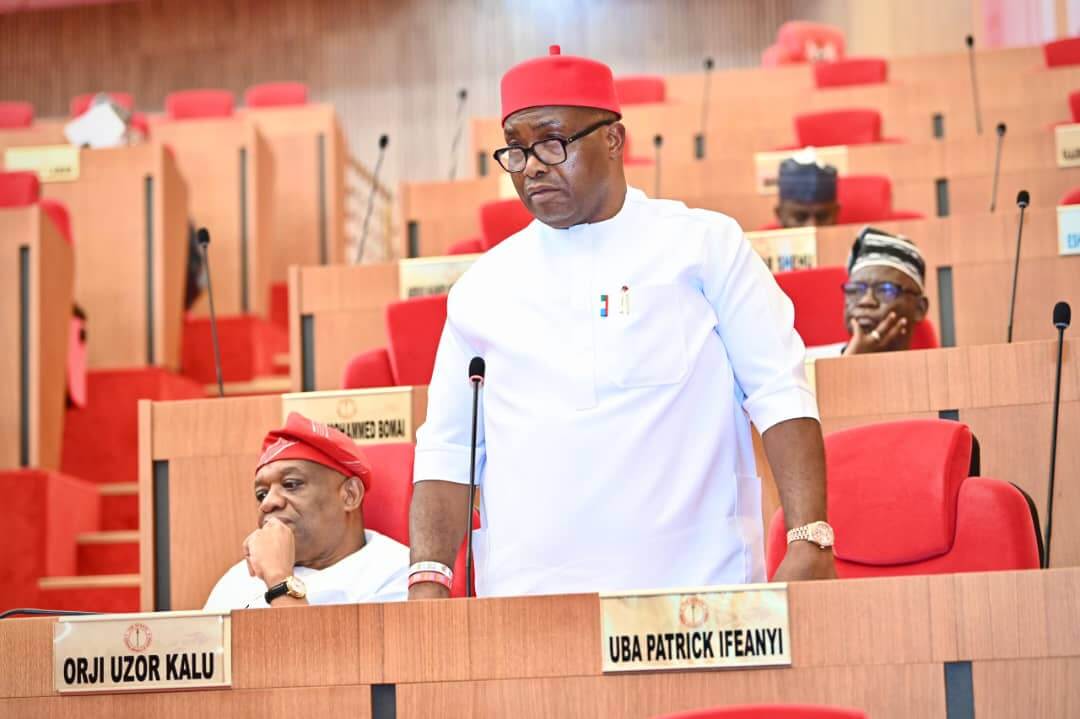





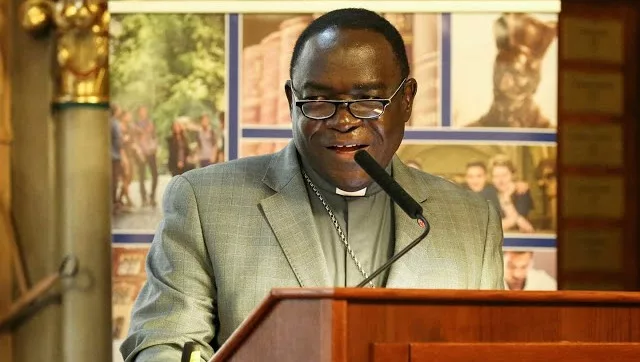
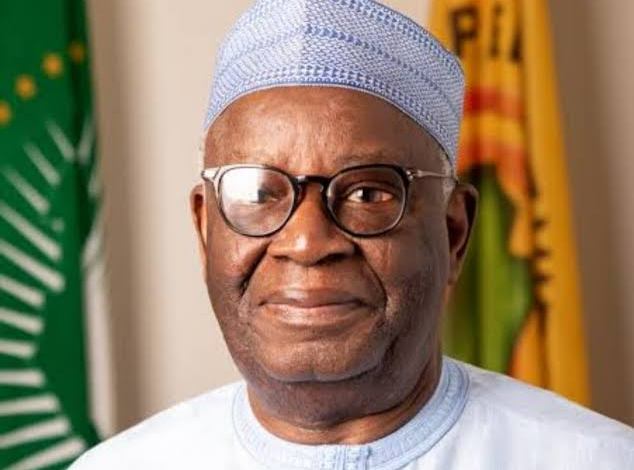


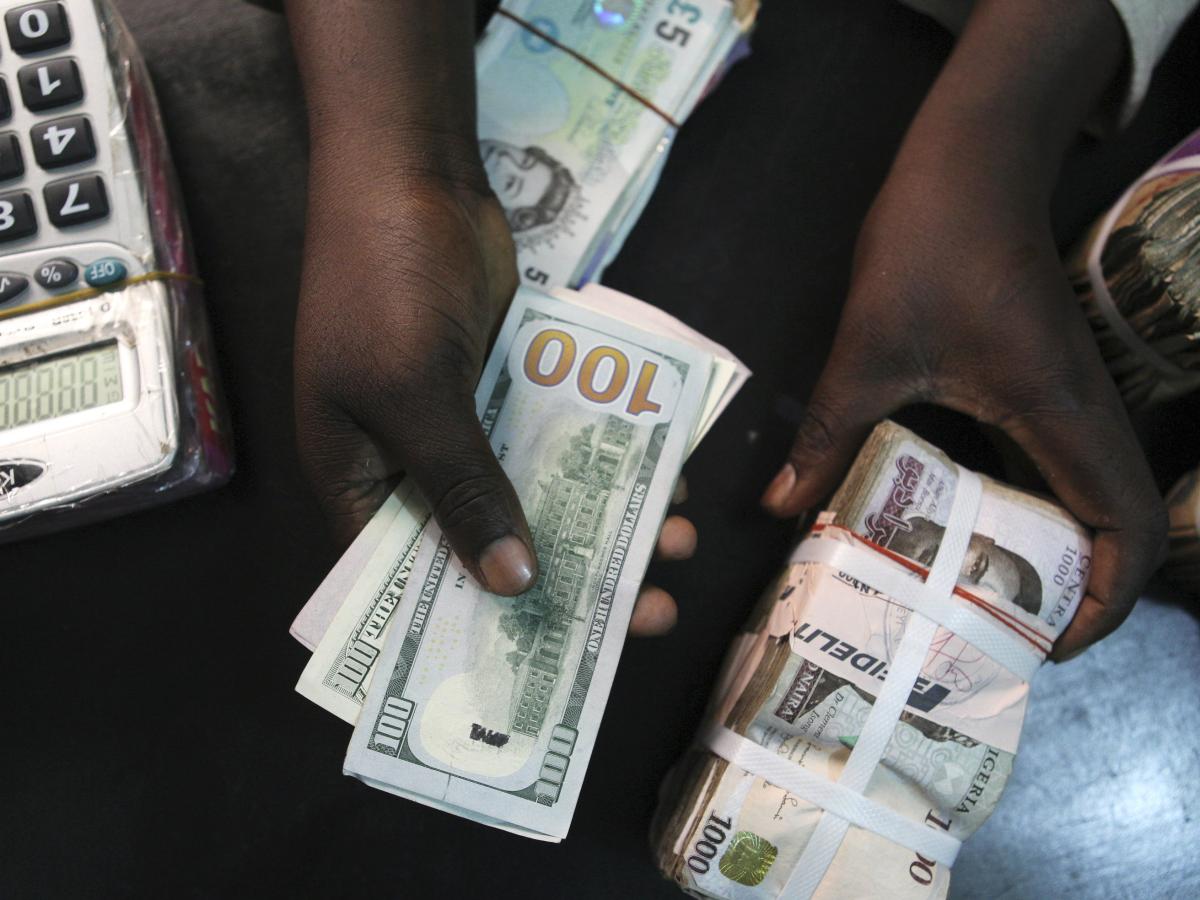
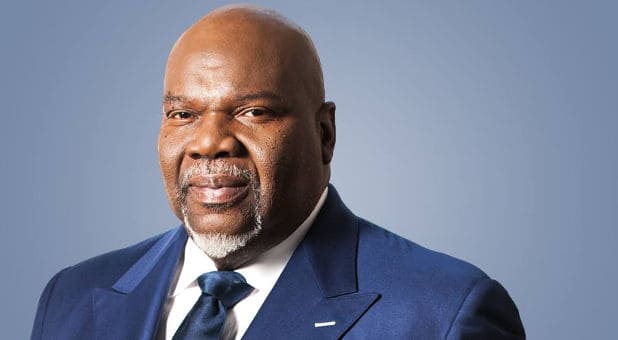
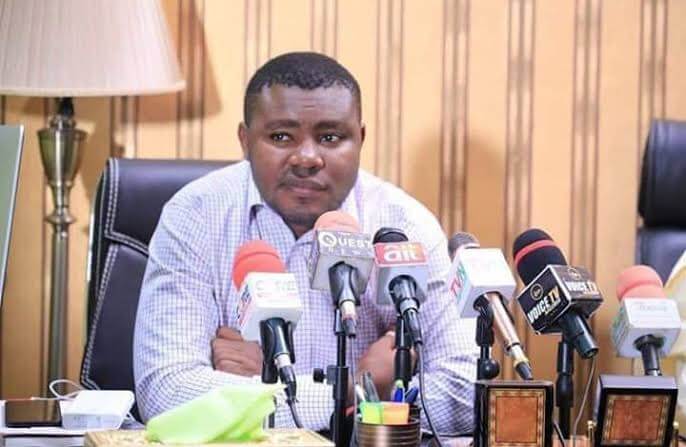

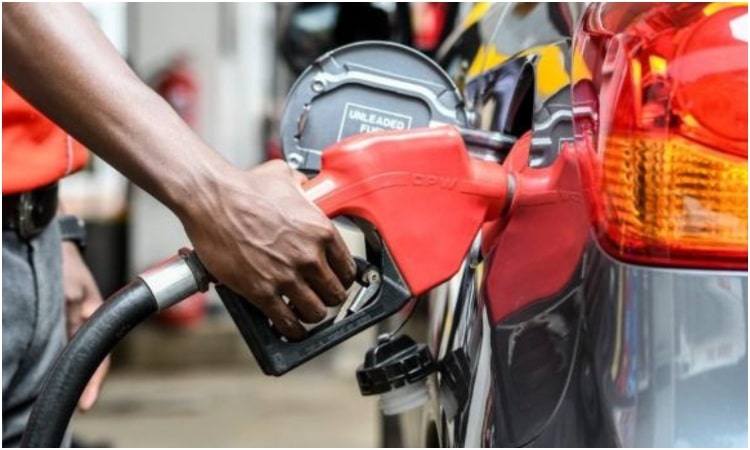
 English (US) ·
English (US) ·